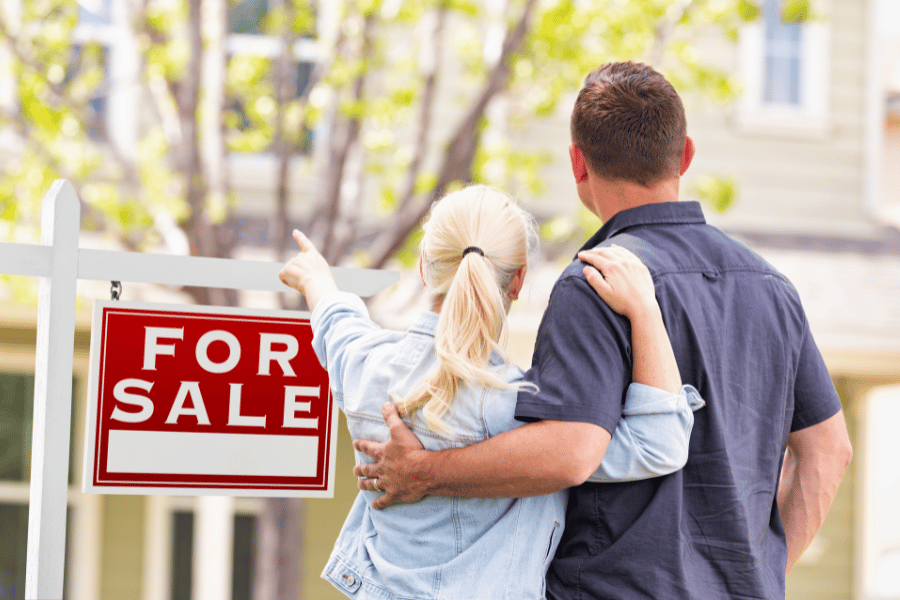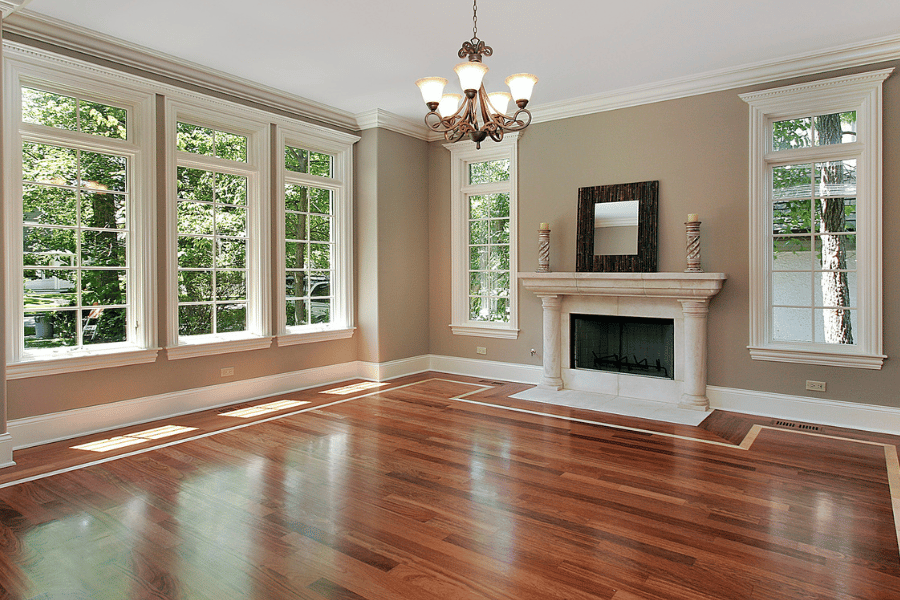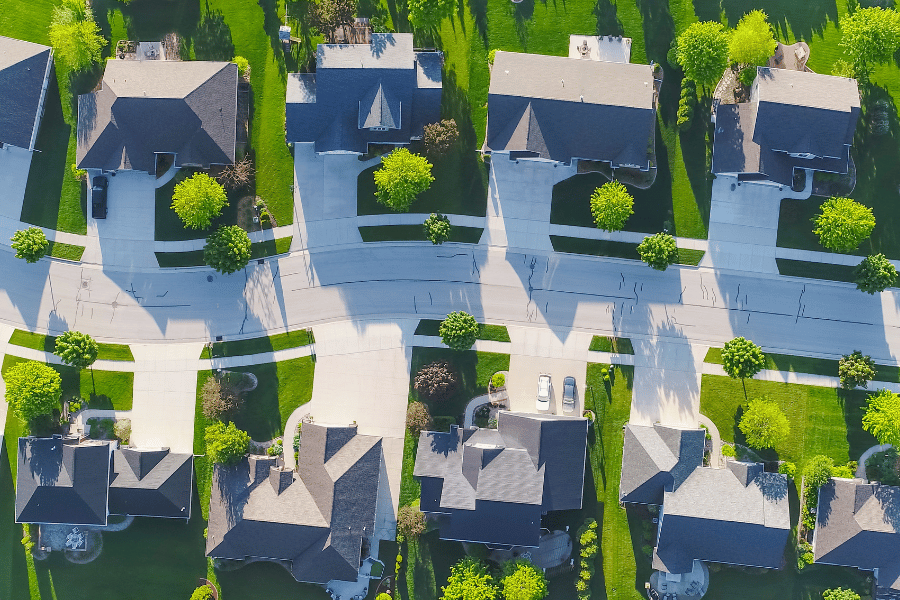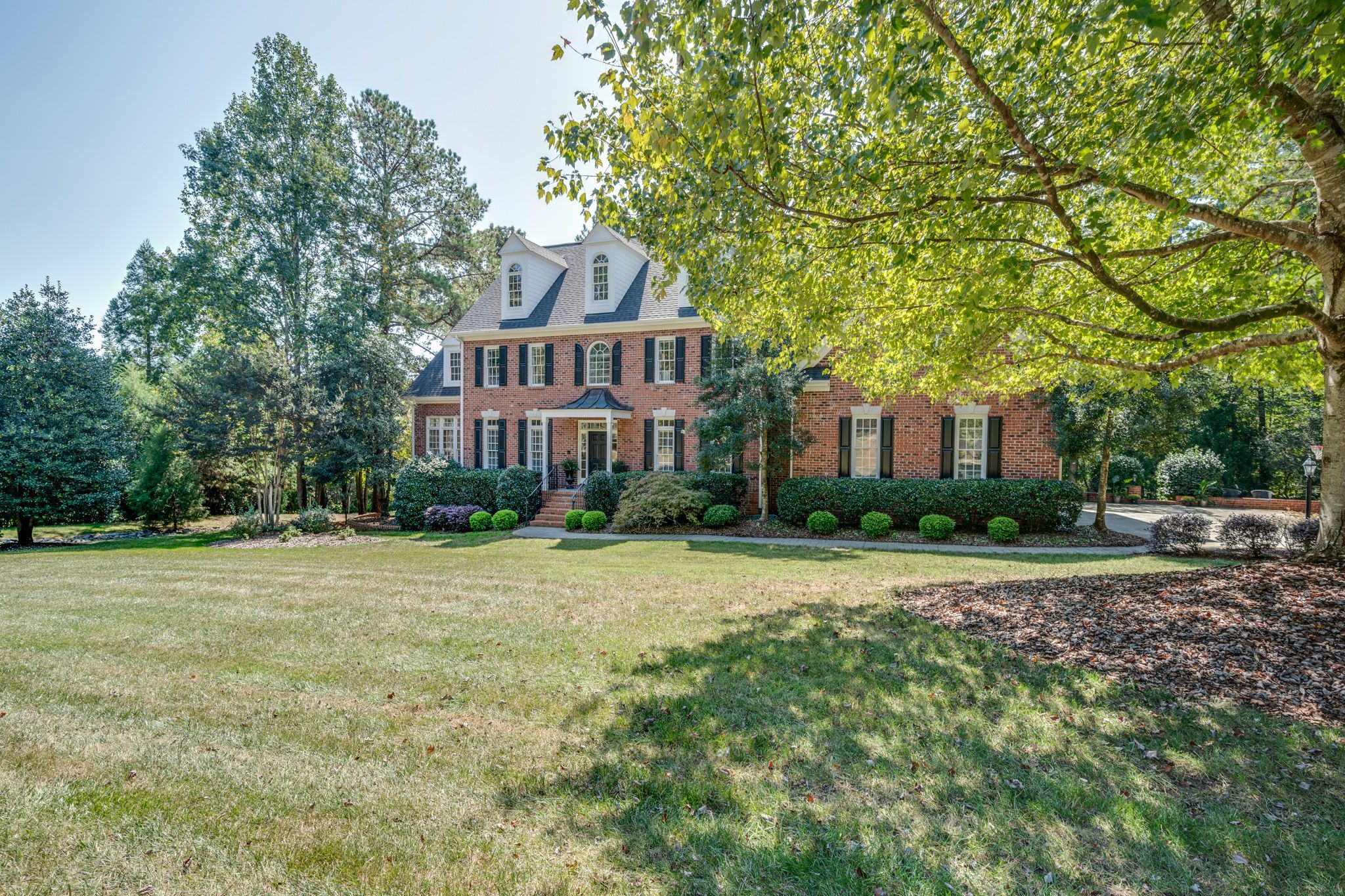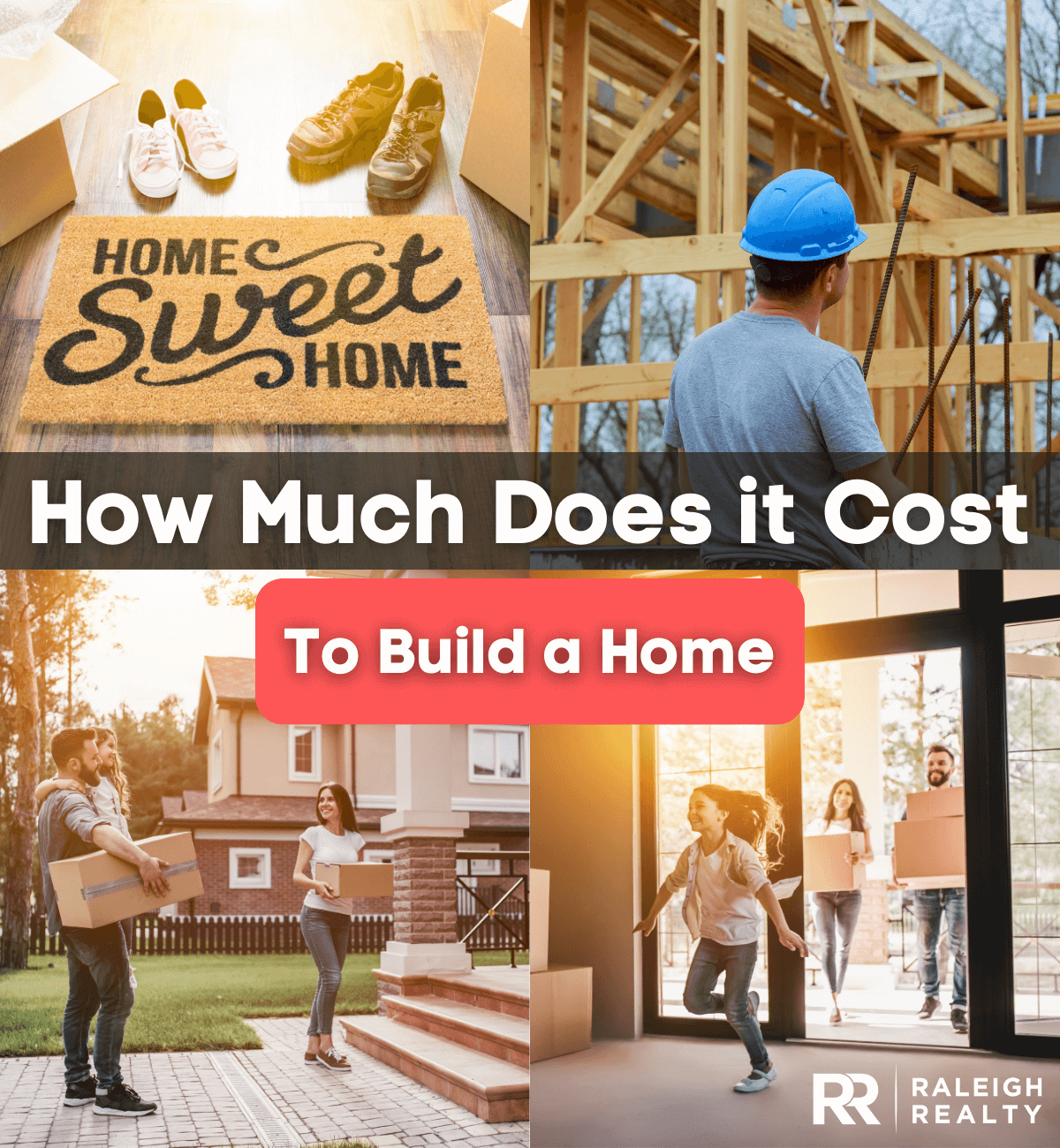Pricing a Tiny House: What to Know
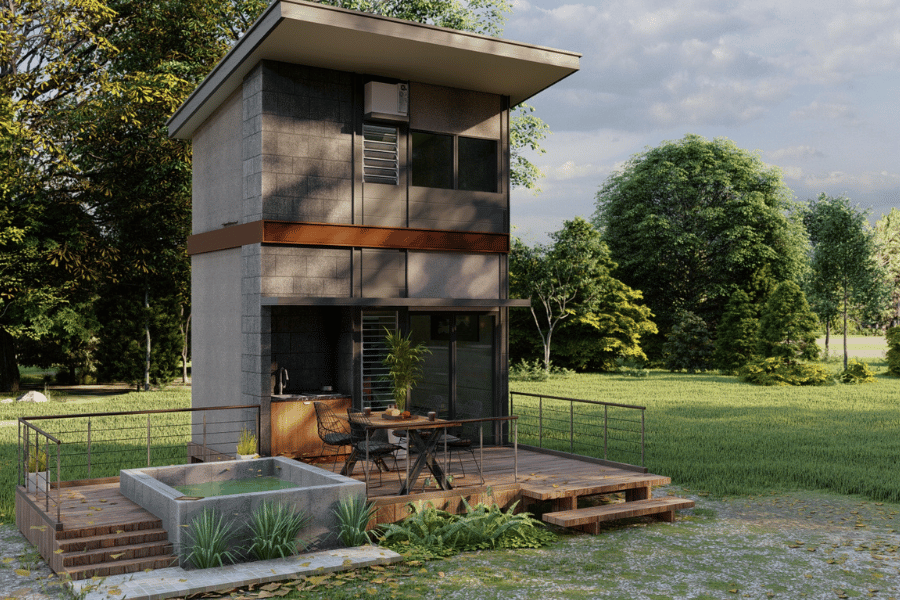
Pricing a Tiny House
Are you looking to buy or build a tiny house and are wondering about the costs that go into it? Keep reading as we will go over all you need to do about a tiny home.
Tiny homes are a unique, conscious-living lifestyle that provides lasting benefits and is a less expensive option to build and maintain while yielding a reduced environmental impact.
Tiny homes have been growing in popularity over the years and are a real estate trend based on making your life easier by downsizing your living environment. Tiny homes are popular for many different people, whether you are searching for a place with financial freedom or to appeal to flexibility in location.
One of the most significant advantages of tiny homes is their affordability. They typically cost less to purchase and maintain than traditional homes. A tiny home must be under 500 square feet and can be built on a mobile platform or a permanent foundation.
If you're considering buying or building a new home, a tiny home might be a cost-efficient, energy-efficient, and space-efficient option for you. Tiny homes are typically under 500 square feet and can be built on mobile platforms or permanent house foundations. Some even have lawns where you could put extra effort into the curb appeal. They have become increasingly popular in recent years due to their affordability and sustainability.
When it comes to building a tiny home, there are several factors to consider, such as the design, materials, and construction costs. However, with careful planning and research, it is possible to build a beautiful and functional tiny home at a fraction of the cost of a traditional home.
Keep reading to learn more about tiny homes, including what goes into building one and the associated costs.
Keep reading to learn more about pricing a tiny house.
Chapters
1. Average Tiny House Cost
It is noteworthy that the average cost of a tiny home is approximately $50,000, which presents significant savings when compared to the average US home sales price. It is also important to point out that building a tiny house is generally more cost-effective than purchasing a prebuilt one.
Tiny homes cost $300 per square foot, while traditional homes cost $150 per square foot. However, the limited size of tiny homes, restricted to 500 square feet, makes them still less expensive to build. It is important to remember that costs will differ based on the size, type, brand, foundation, material, utilities, and other factors.
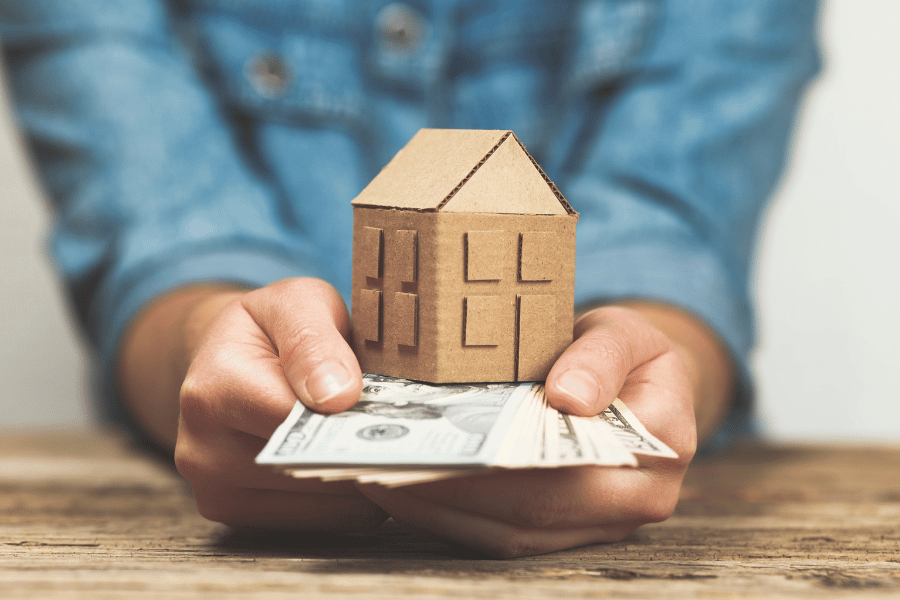
Additionally, there are tiny-house kits available for purchase that make home building more accessible and economical. According to research, around 58% of people who live in tiny houses have an average of $11,000 more saved in the bank compared to the average American. Living in a tiny home not only costs less but can also help you save money and enhance your spending habits because of the advantages of limited space.
Therefore, if you are in search of a less expensive home that allows you to save money and experience all the benefits of homeownership, considering tiny homes may be a viable option.
| Size | Prebuilt Tiny Home Cost | Built Tiny Home Cost |
| Small (90-250 Sq. Ft.) | $15,000-$50,000 | $30,000-$70,000 |
| Medium (250-300 Sq. Ft.) | $30,000-$80,000 | $50,000-$125,000 |
| Large (300-400 Sq. Ft.) | $45,000-$100,000 | $80,000-$125,000 |
| XL (400-600 Sq. Ft.) | $70,000-$125,000 | $100,000-$200,000+ |
Sourced from Homeguide.
2. Pricing to Build a Tiny House
Building a tiny house is generally more cost-effective compared to purchasing a prebuilt one. However, there are several factors that need to be considered, such as the size, design, foundation, permits, materials, and many other things while constructing one.
House Type
There are two types of tiny homes: portable and permanent foundations. Portable homes are preferred by many people as they offer mobility and allow homeowners to explore different areas. Moreover, they do not require minimum square footage.
On the other hand, permanent foundation tiny homes are also popular, but they are treated like conventional homes and are taxed at the same rate. These homes have additional costs due to construction and property needed for building them.
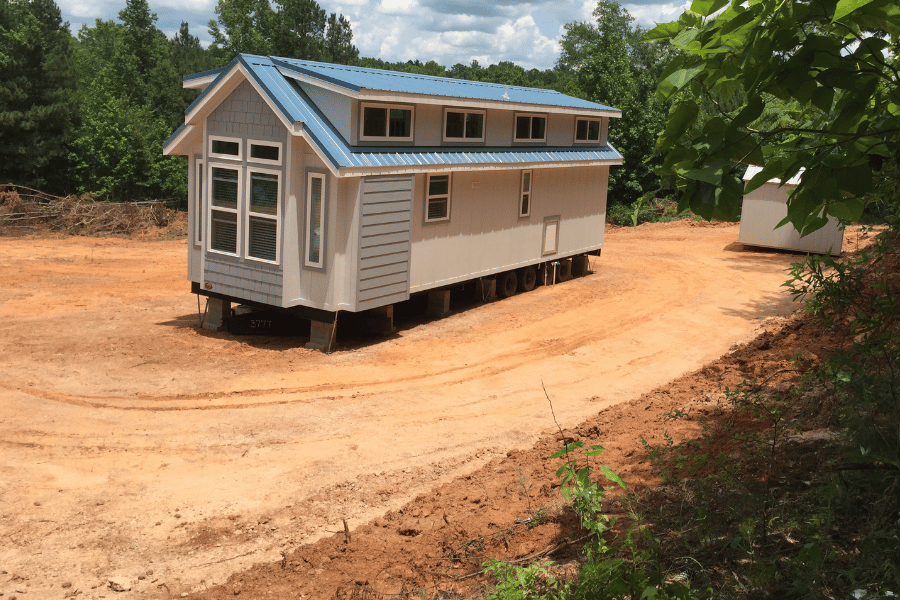
Size and Brand
The cost of a house is determined by its size. Every square foot is charged, so whether you choose a tiny home or a small traditional home, the price will vary. Tiny homes are usually under 500 square feet and can be as small as 60 square feet.
If you are building a home, you have a couple of brands to choose from that have different styles and costs. Chattanooga and Volstruk are the most popular and affordable options, while Clayton's tiny homes are the most expensive.
It's important to keep an eye out for the best tiny home builders in your area since some areas only operate locally and do not ship nationwide. So, if you're interested in building a tiny home, check the availability in your area to jump-start the process.
3. Extra Costs of Tiny Homes
When constructing a house, there are numerous additional expenses that need to be considered, such as laying the foundation, the cost of materials, labor, permits, and so on. It is essential to factor in these expenses when budgeting in order to have an accurate estimate of the total cost.
Materials
They usually offer similar amenities and materials when building a tiny home or a small traditional house. These materials can range from $14,000 to $52,000, depending on the brands and applications you choose.
While the building materials have similar costs as traditional home materials, the smaller size of tiny homes means that the average price will be lower than the average conventional home. Tiny homeowners will pay the same per square foot but will purchase only a fraction of the materials needed compared to a traditional home.
Foundation
If you decide to construct a permanent home, it is crucial to consider the foundation construction. The cost of building a foundation for a tiny home can vary from $5,000 to $8,000. However, you should also take into account the cost of purchasing land for the foundation, which can increase the overall cost. This is why most people opt for a portable tiny home instead.
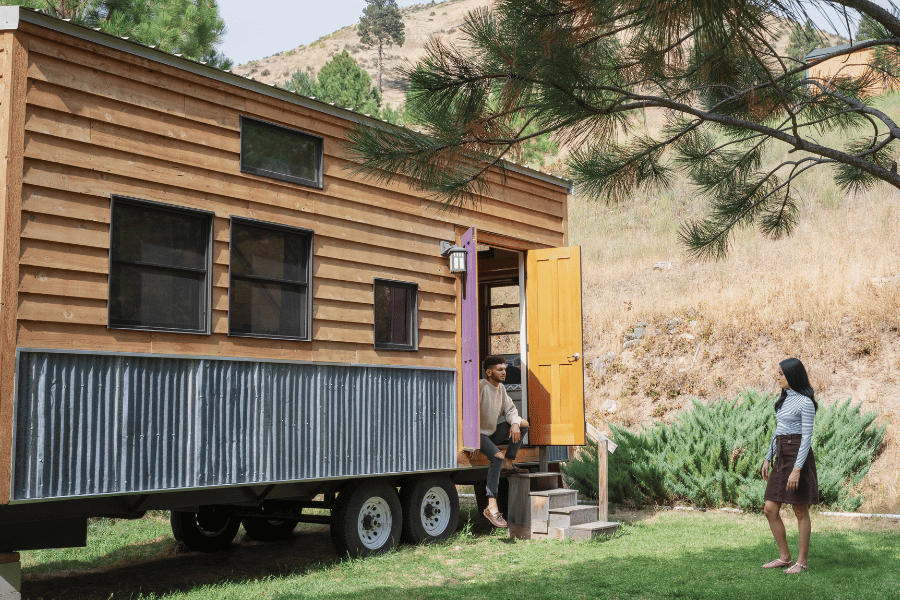
Labor and Permits
When building a tiny house on a foundation, a permit may not be necessary as it is considered personal property. However, if you plan to build a foundation, most areas will require you to have a permit, which adds a few hundred dollars to the overall cost. Permit fees typically range from $300 to $2,300, so it's essential to keep this in mind. Additionally, an inspection is usually required when building a new home, which is often included in the permit fee.
When building or owning a tiny home, there are additional costs and considerations that you should keep in mind. While not all tiny homeowners will have to pay these, most will be required to, especially if the home is built on a permanent foundation.
4. Mortgage, Insurance, and Taxes
Traditional lenders do not typically make mortgages on tiny homes. However, it is still advisable to check with different lenders as their policies may vary. In most cases, buyers usually seek personal loans from banks to begin building their tiny homes.
Interest rates on loans vary depending on a person's credit score, income, and the lending institution's policies. If you are planning to build your tiny home on a foundation, you also need to consider the property taxes on that land.
It is important to note that a tiny home is still an investment that should be insured. Homeowners of tiny homes typically pay a maximum of $120 per month on average for the best insurance policies available.
Budgeting and saving money is the best way to buy or build a tiny home. While this option may be less attractive to some people, it is the most affordable and beneficial option when downsizing or saving money.
5. Benefits of a Tiny House
Owning a tiny house has become a popular trend these days for several good reasons. Downsizing offers both financial and mental benefits, and building a tiny home takes less time than constructing a traditional home.
By owning a smaller home, you can save money on decorations, furniture, utilities, and overall construction. Along with affordability, another reason people love tiny houses is the mobility they offer. Being able to pull your home anywhere you want is something many people enjoy. This option is charming for those who wish to travel and change their scenery.
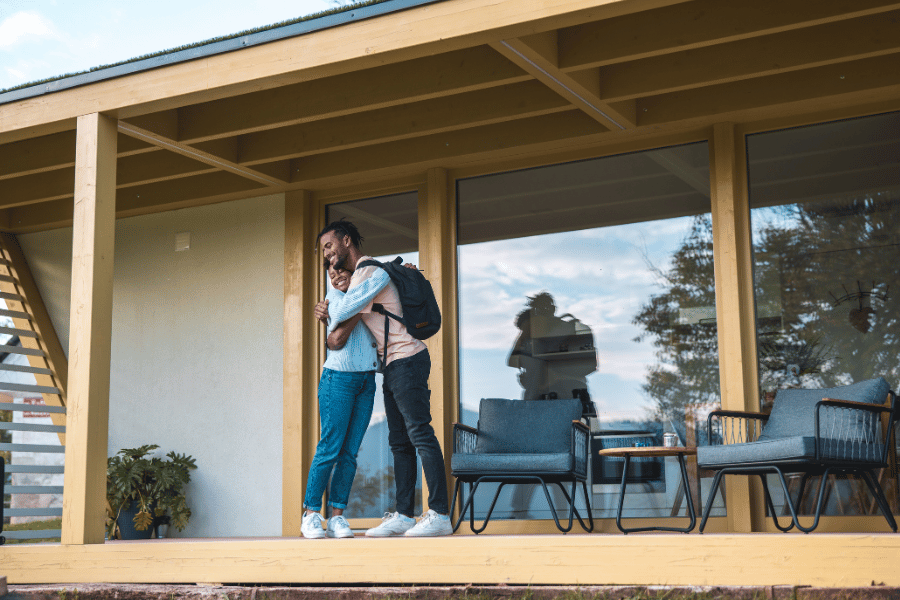
Tiny homes are also eco-friendly and sustainable for the environment. Because of their smaller space, tiny homes require less energy and materials to build. There are many reasons why this type of home can be more environmentally friendly than a traditional home.
However, everything has advantages and disadvantages. Keep in mind that if you are looking for a long-term investment or a forever home, a tiny house may not be the best investment. But that depends on your lifestyle and priorities.
Benefits Overview:
- Save money
- Downsize
- Less clutter
- Mobility
- Sustainability
FAQS
What is the average cost of a tiny home in the United States?
A tiny home typically costs between $30,000 and $60,000, with the national average at $45,000. However, the cost may vary depending on factors such as size, type, foundation, and materials.
What is a reasonable budget for a tiny house?
Tiny homes can cost as little as $8,000 or as much as $150,000, depending on the amenities and materials used. However, building a tiny home can be more cost-effective than buying a pre-built one. So, it is essential to do thorough research beforehand to help you determine what you want and how to budget for it.
Do tiny homes actually save money?
Tiny homes are an economical choice that can help you save a lot of money. According to statistics, 58 percent of tiny homeowners have been able to save more money ever since they bought their tiny homes. Moreover, most of these homeowners have been able to avoid credit card debt. There are several benefits of owning a small home that make it an attractive option.
How long do tiny homes last?
Tiny homes can last between 30 to 50 years with careful maintenance. However, it's essential to consider the materials and construction methods used when deciding to get a tiny home. A tiny house without a base will break down faster, so make sure to take this into consideration. By choosing sturdy materials and a strong foundation, you can ensure that your tiny home will last for many years to come.
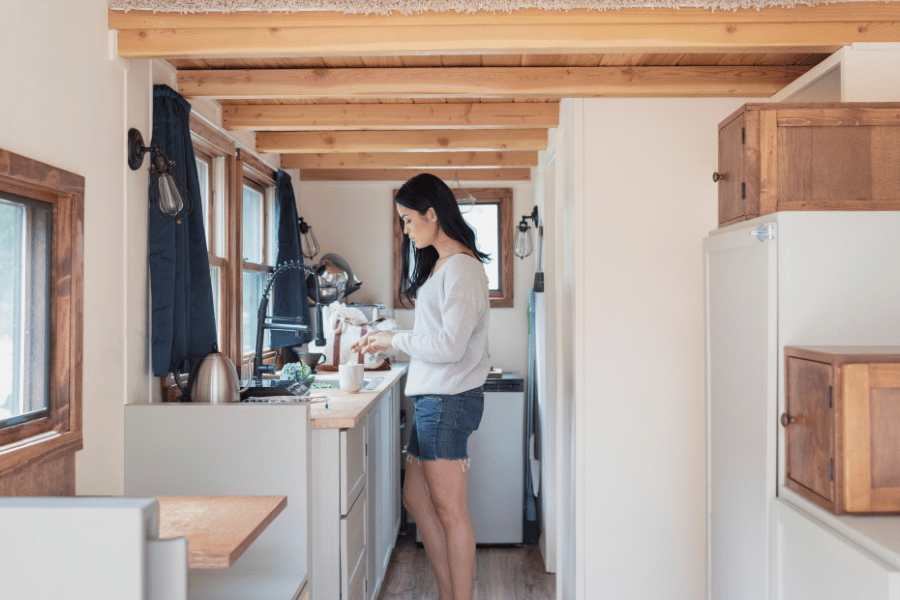
Pricing a Tiny House - The Bottom Line
Many people are opting for tiny homes as they offer a variety of benefits. However, it's important to note that this living option may not be suitable for everyone and depends on your lifestyle, needs, and budget.
Tiny homes provide a unique, environmentally conscious lifestyle with reduced impact, as well as being a cost-effective option to build and maintain. The trend of downsizing living space has made tiny homes more popular than ever, appealing to those seeking financial freedom or flexibility in location.
If you're considering building a tiny home, there are several factors to consider, such as design, materials, and construction costs. However, with careful planning and research, it's possible to build a functional and beautiful tiny home at a fraction of the cost of a traditional home.
If you're interested in owning a less expensive home that allows you to save money and experience all the benefits of homeownership, tiny homes could be an ideal option for you. At Raleigh Realty, we're here to help you whether you're planning to buy or build a new home. Please feel free to contact us or visit our website to connect with one of our local agents who can assist you.

Ryan Fitzgerald
Hi there! Nice to 'meet' you and thanks for visiting our Raleigh Real Estate Blog! My name is Ryan Fitzgerald, and I'm a REALTOR® in Raleigh-Durham, NC, the owner of Raleigh Realty. I work alongside some of the best Realtors in Raleigh. You can find more of my real estate content on Forbes, Wall Street Journal, U.S. News and more. Realtor Magazine named me a top 30 under 30 Realtor in the country (it was a long time ago haha). Any way, that's enough about me. I'd love to learn more about you if you'd like to connect with me on Facebook and Instagram or connect with our team at Raleigh Realty. Looking forward to connecting!
Related Blogs
